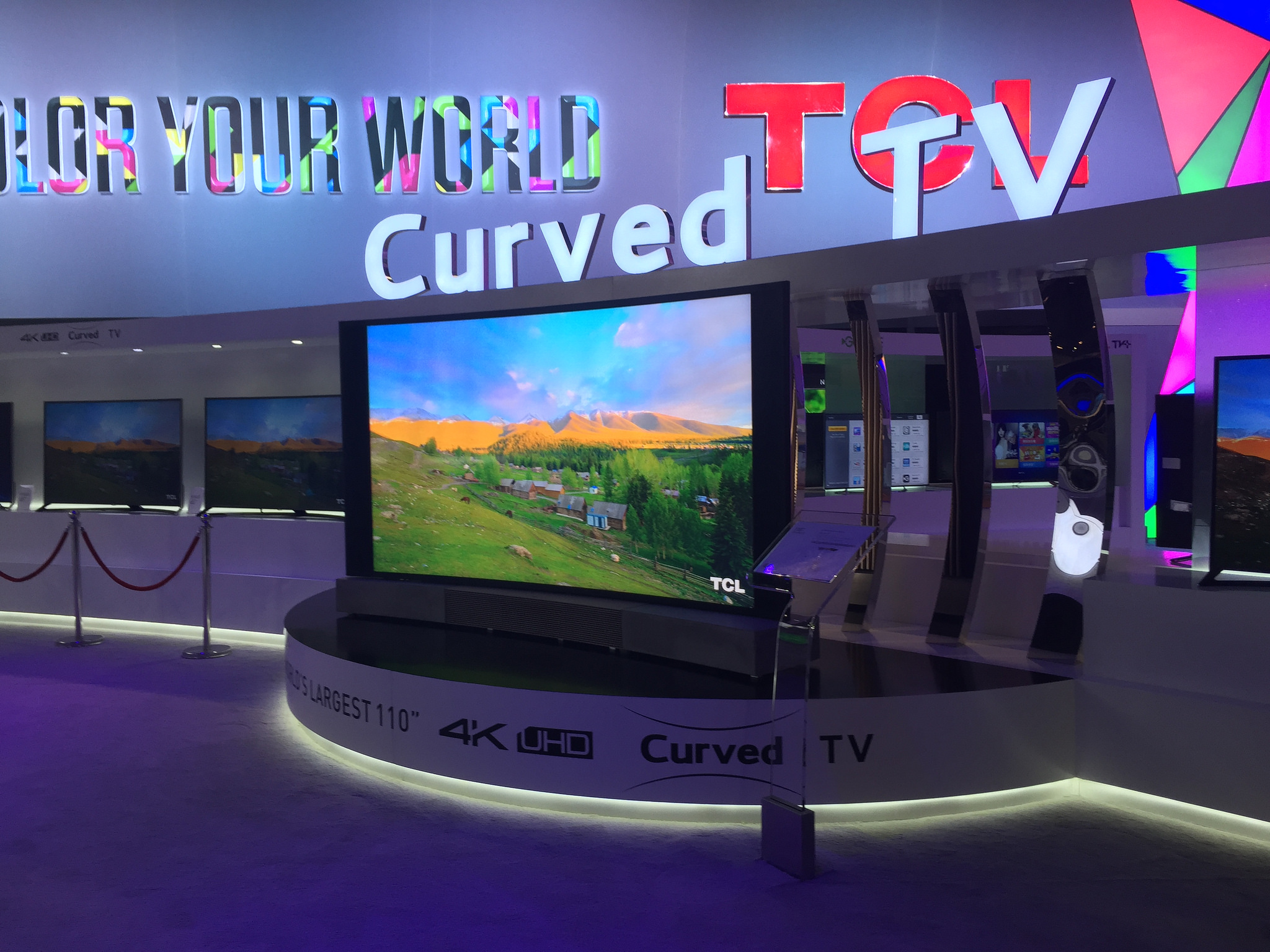Download and view our CES 2015 Highlights here.
CES 2015 may be over, but the innovations showcased two weeks ago in Las Vegas will undoubtedly impact the market in the coming months. Here, we highlighted the following eight most important market trends we saw:
- Connected cars are the next mobile platform
- The smart home is getting relevant
- Television and content
- Virtual worlds and gaming integrate into reality
- Wearables expand
- “Selfies” go to new heights
- People are the new cookies
- Power is currency
For a more detailed trend recap, download our CES 2015 Highlights here.

